Why Choose Mānuka Honey?
Honey
Honey bees collect nectar from flowers to create honey and store this honey as food. Honey starts as flower nectar collected by bees, which gets broken down into simple sugars stored inside the honeycomb. The design of the honeycomb and constant fanning of the bees' wings causes evaporation, creating sweet liquid honey.
An average hive produces around 55 pounds of excess honey per year. Beekeepers harvest it by collecting the honeycomb frames and scraping off the wax cap that seals off the honey in each cell. When the caps are removed, the frames are placed in an extractor and a centrifuge works here to bring out the honey out from the comb. Honey is then strained to remove foreign particles and wax. Its then bottled, labelled and distributed to the stores. If the ingredient label says “pure honey,” nothing was added from bee to hive to bottle.
What is Mānuka Honey?
So now that we know what is honey and how its produced, let’s find out what is Mānuka honey: Why is it different and popular?
Have you ever noticed the wide selection of honey readily available at stores? They come under many different brands and types like raw honey, forest honey, Mānuka honey, floral honey and more.
But Mānuka honey has been the most sought after due to its taste and properties. Mānuka differs from normal honey as it appears thicker, creamier with brownish, caramel colored hues. The process of producing the honey is the same but the nectar is extracted from the Mānuka bush, which is very rare and only found in countries like New Zealand and Australia.
Much research was carried out on Mānuka honey and the honey was proven to be highly antibacterial in nature. The honey’s natural ability to inhibit bacterial growth has been tested against many strong microorganisms and has been proven highly effective. Not only that, it is also clinically proven to aid in wound healing, burn injuries treatment and very importantly increases the efficacy of antibiotic drugs. This is very important as honey can be used as an alternative for drugs in treating bacterial infections.

Mānuka honey contains elevated levels of methylglyoxal (MGO), a small molecule that contributes to its antibacterial activity. The higher the level of MGO, the higher the antibacterial level in it. So now we come to the grading system of Mānuka honey. You might be familiar with the UMF and MGO labels on Mānuka honey jars, but what do they really mean and how do they differ?
Unique Mānuka Factor (UMF) and MGO are standardised indicators of the concentration of some of the bioactive chemical compounds in Mānuka honey that actually gives the fighting factor in infections and help wound healing. UMF is a slightly more advanced grading -- but nonetheless, both have the same reliable factors when it comes to grading the antibacterial level. In simple terms, both these grading systems symbolize high quality Mānuka honey.
|
Mānuka Honey UMF Rating |
Mānuka Honey MGO Rating |
|
UMF 5+ |
MGO 83+ |
|
UMF 10+ |
MGO 263+ |
|
UMF 12+ |
MGO 356+ |
|
UMF 15+ |
MGO 514+ |
|
UMF 18+ |
MGO 696+ |
|
UMF 20+ |
MGO 829+ |
More on Mānuka Honey
Every drop of Mānuka honey is authentically lab tested for pollen markers to prove the presence of Mānuka pollen in its DNA. The monofloral Mānuka honey comes entirely from Mānuka flowers, as the bees only collect Mānuka nectar and pollen. Sometimes, bees also collect nectar from other flowers - then the honey will be tested to prove for higher levels of Mānuka and labelled as multi floral Mānuka.
Herbal Pharm Mānuka Honey
Herbal Pharm exclusively brings its Mānuka honey from New Zealand. Each bottle of honey is specifically lab tested by an authorized lab to prove the potency and the grading of its contents.
We currently have 5 variants: MGO 50+, MGO 100+, MGO 300+, MGO 500+ and MGO 800+. As the numbers increase, so does the honey’s antibacterial capacity. So, if you are simply looking for a regular daily honey or to replace your sweeteners then MGO 50+ is the recommended one.
References
Johnston, M., McBride, M., Dahiya, D., Owusu-Apenten, R., & Nigam, P. S. (2018). Antibacterial activity of Mānuka honey and its components: An overview. AIMS microbiology, 4(4), 655–664. https://doi.org/10.3934/microbiol.2018.4.655
Saeed S, Farkhondeh T, Fariborz S. Honey and health: A review of recent clinical research. Pharmacogn Res. 2018;9:121–127.
Wijesinghe M, Weatherall M, Perrin K, et al. Honey in the treatment of burns: a systematic review and meta-analysis of its efficacy. NZ Med J. 2009;122:47–60. [PubMed] [Google Scholar]
Hayes G, Wright N, Gardner SL, Telzrow CL, Wommack AJ, Vigueira PA. Mānuka honey and methylglyoxal increase the sensitivity of Staphylococcus aureus to linezolid. Lett Appl Microbiol. 2018 Jun;66(6):491-495. doi: 10.1111/lam.12880. Epub 2018 Apr 19. PMID: 29575121.
Share



